James Bond as Christ Figure?
No, not Bond, but…
Read MoreNo, not Bond, but…
Read More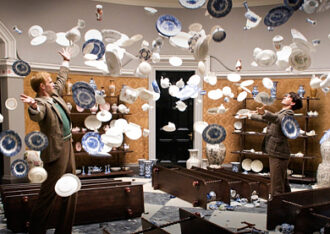
In the beginning were the stars, the cosmos calmed, ordered, still. Like every other film announcing its mytho-logic from the get-go, the camera angle of Cloud Atlas’ first shot tilts from the milky heavens above, to life in the mortal-bound realm below.
Read More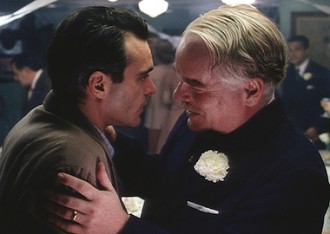
While Paul Thomas Anderson’s The Master provides the latest (and greatest) vantage point, 2011 saw the release of three solid films on the topic. Why now?
Read More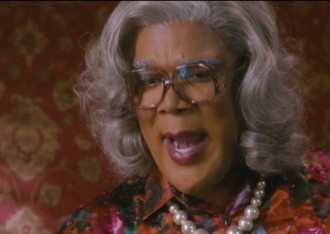
Tyler Perry’s Madea franchise is part of a collective of black, fat drag, comedy-dramas. These films bear six distinguishing features: 1) they are considered “successful” because they gross more than their production costs; 2) they are accompanied by an R&B/gospel soundtrack, and 3) include casts of popular black actors and actresses who are well known within African American communities. Also characteristic of these films are 4) the use of multiple and arguably watered-down Protestant messages about the importance of faith in God, couched in comedic performance, to appeal to mass audiences. An additional feature is that 5) the black church is the space where a significant turning point and/or the film’s resolution occur. Most notably, these films are characterized by 6) the donning of intricately designed fat suits by black men (Tyler Perry, Martin Lawrence and Eddie Murphy) to parody black women.
Read More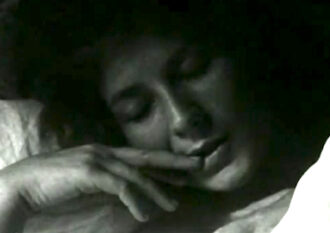
The reclusive filmmaker understood that the truth of history, like myth, can only be approached as a sensual experience.
Read More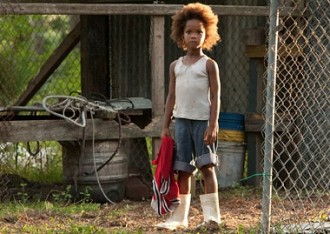
Beasts is a transcendental film that enables the viewer to swim through a child’s memories, witness a hurricane and flood, watch a man die, see a home vanish. But is the imagery too transcendent and romantic?
Read More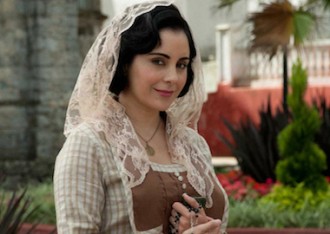
Just in time for the election comes the film version of Mexico’s Cristero War, depicting brave rebels risking it all for religious freedom. Only problem with the story: it’s not really true.
Read More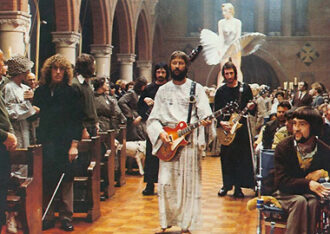
Russell is continually, even post-mortem, called “provocative,” “controversial,” and “iconoclastic.” And at least a few of these obits have noted his conversion to Roman Catholicism all those years ago, though he was never quite settled in his faith. Certainly there was religious content in his films—the nuns and priests in a sexual standoff in The Devils (1971), Anthony Perkins’ creepy street preacher in Crimes of Passion (1984)—but it was the human experience that Russell so strangely charted that leaves me thinking of his “religious” nature. He portrayed the depths of human depravity and desire, of lust and liking.
Read More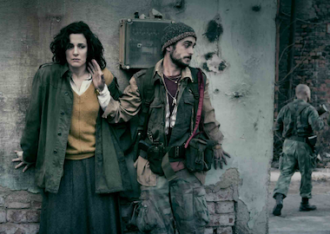
While a valiant effort at a compassionate depiction of individuals swept up in the horror of the Bosnian Genocide, Angelina Jolie’s main character, Danijel, simply ends up humanizing genocide.
Read More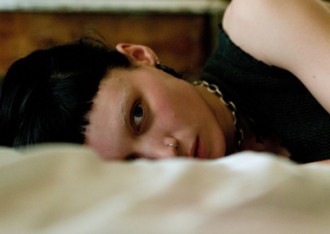
In The Girl with the Dragon Tattoo, religious violence is supposed to be resisted, but it’s also violence that the audience is being asked to look at. Over and over and over again.
Read More